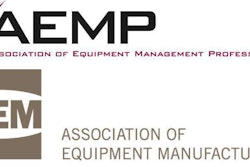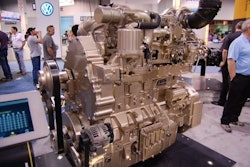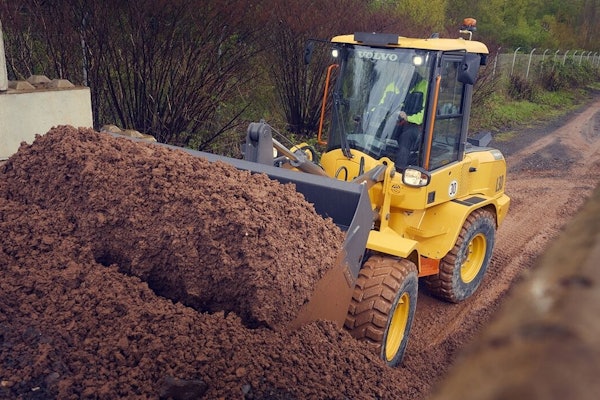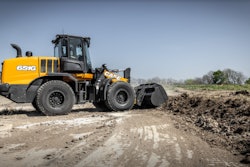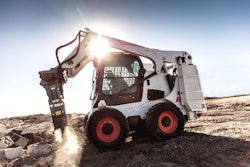Last week I attended the Association of Equipment Management Professionals annual retreat and strategy session. As chairman of the AEMP’s conference education committee I have a lot of opportunity to rub elbows with end user members and I usually pick up some good intelligence on what the managers of these big fleets are thinking, what their pain points are and what keeps them up at night.
If you’re not familiar with the AEMP, they are equipment fleet managers for some of the top construction companies in North America. The average AEMP end-user manages 1,333 pieces of equipment worth $157.2 million dollars and controls a maintenance budget of $12.1 million per year. Serious iron.
The annual retreat is more of a planning and strategy session, rather than educational, but in casual conversations you can learn a lot from these Top Guns of the equipment management profession. And what I heard this year was a deep sense of frustration with telematics.
AEMP has been working to bring an industry-wide standard to telematics data feeds for several years. The standard, when it becomes implemented, will include 19 machine data points and dozens of additional machine fault codes. Making these standard will eliminate the need to go to a different website to collect telematics data from each different OEM.
AEMP has also partnered with AEM on the telematics standard and there’s even a German association interested as well. So that part of the problem is steaming toward an eventual solution.
But for end users a big problem that still exists is what many describe as “the fire hose analogy.” In other words, getting the information you need from a telematics data stream is like trying to take a sip of water from a fire hose. The volume of data overwhelms many fleet managers’ ability to use it. The other problem is the complexity of the technology itself.
There is so much technology coming at us these days it’s hard to separate the wheat from the chaff. And the design and functionality leaves a lot to be desired.
